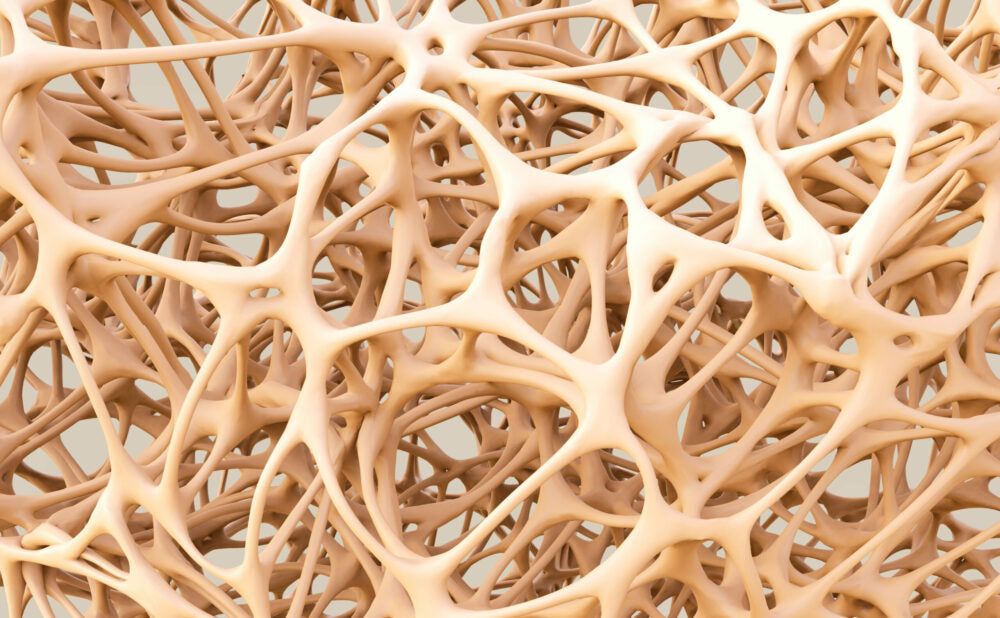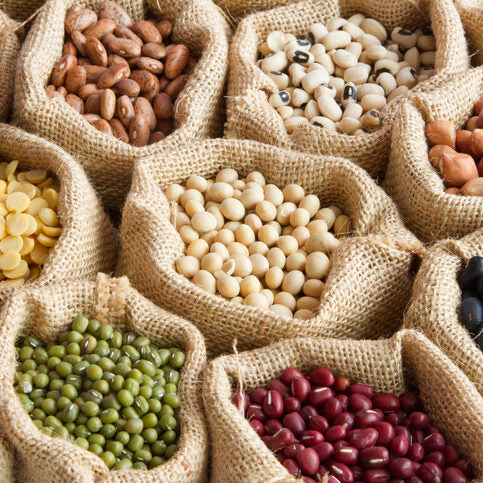- by T. Andersen, et al. (1986).
Introduction
Gastroplasty (GP) performed in morbidly obese patients is fraught with an unavoidable perioperative hazard, and weight loss is often unsatisfactory even in a short term. On the other hand, weight maintenance is better after GP than after diet alone. In order to increase the ultimate weight loss and reduce surgical hazards, consecutive patients of the present study received a mandatory two-step treatment: After initial very-low-calorie-diet, (VLCD) GP is performed provided a 40% reduction of overweight has been obtained by diet. GP patients selected in this way are equally assigned to vertical banded GP or to Gomez GP. Weight control and patient education are run at group meetings.
Methods
74 patients, all admitted for morbid obesity, have been included. Their median age was 34 years, their median body weight 125.1 kg and their median overweight 93% calculated according to a Scandinavian standard. They were all screened for contraindicating diseases through clinical examination, analyses of blood and urine, ECG and liver biopsy. Treatment was started simultaneously in about 35 patients at a time. The VLCD nutrition powder used, NUPO, is apportioned as five daily meals, and water is added as the vehicle. Between the 8-week periods with VLCD, a 2-week 900 Kcal diet consisting of natural high-protein, low-fat and low-carbohydrate foods is prescribed.
The VLCD programme is continued as long as a substantial weight loss is obtained. Anorexic agents are not allowed. Patients are offered operation as the second step of the programme only if a 2/5 reduction of overweight has been reached during VLCD. Horizontal and vertical GP are performed as published elsewhere. Weight control is run at group meetings together with a formalised patient education programme. Patients are seen weekly until three months after the operation, every second week until the 6th postoperative month and at least every three months thereafter.
Results
Results are preliminary, and no comparison can yet be made between the randomised subgroups. Median weight loss after the first eight weeks of VLCD was 17.9 kg (range, 3.6-38.4 kg, n = 74). The result of VLCD can at present be evaluated only for the treatment group first started (44 patients). Of these, 31 (70%, 95% confidence limits 55-83%) reached the limit for operation. Two patients (5% of patients otherwise available for surgery, 95% confidence limits 1-15%) failed after successful VLCD to appear for group meetings. Until now, 25 patients have had GP. Most patients have stabilised their weight 3 months after surgery. At this time median postoperative weight loss is 9.0 kg (range, 3.4-22.0 kg, n = 25) and median total weight loss from VLCD plus GP has reached 46.0 kg (range, 26.1-64.0 kg, n = 25). During VLCD, the only observed complication was one case of gout, quickly yielding to conventional treatment.
Conclusion
VLCD leads to immediate weight losses not significantly different from those obtained by GP. Compared with VLCD, GP seems to possess a long-term effect on food intake, making regain significantly less pronounced. A comparison of therapeutic hazards is in favour of VLCD, which is safe when carried out with a nutritionally adequate formula. Combining the good elements of both treatments has led to the present protocol, investigating a two-step regimen, in which GP is preceded by VLCD. After GP, compliance with diet is essential for weight reduction and safety. Pre-treatment with VLCD offers an opportunity to test patients’ ability to comply. It should be realised gastric obesity surgery will never succeed in patients not prepared to follow dietary advice. Through adjusting, the duration of VLCD weight loss can be individualised. This means that nearly all patients can reduce their overweight to less than 40%, which can be considered the lower limit of excess mortality from obesity. Preoperative weight reduction makes the operations much easier and safer and postoperative management simpler. Accordingly, patient satisfaction is improved.
For the full, original study, click here.

























